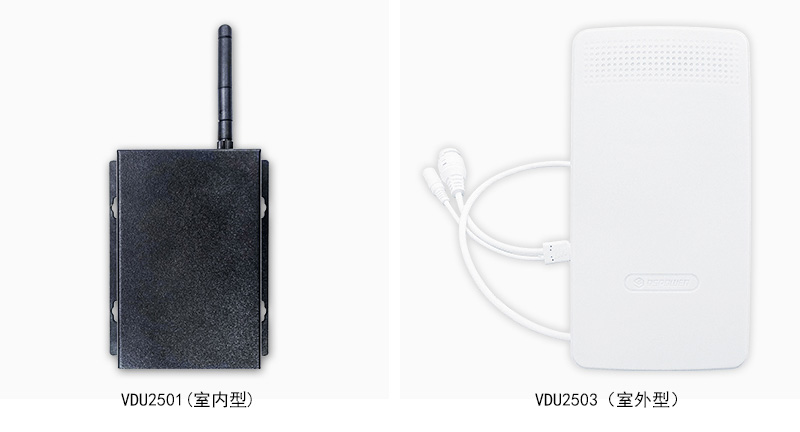In today's era of rapid technological development, positioning technology plays a crucial role in various fields. Among them, UWB positioning technology, as an advanced wireless positioning technology, is gradually becoming the preferred choice in many application scenarios due to its unique advantages.
UWB positioning technology belongs to the category of wireless positioning technology, covering various measurement and calculation methods such as time difference positioning technology, angle of arrival measurement (AOA) technology, time of arrival positioning (TOA), and time difference of arrival positioning (TDOA). At present, TDOA technology is one of the most popular solutions, and UWB positioning uses this technology.

UWB positioning technology has many significant characteristics. In terms of positioning accuracy, it can achieve centimeter level, 10 centimeter level, and even sub meter level high-precision positioning, which can meet the extremely high requirements for positioning accuracy in application scenarios. Its positioning range is usually within an area of tens of meters between base stations, and generally requires 3 or 4 points of positioning to ensure accuracy. In terms of positioning algorithms, the use of tdoa/tof (time of flight method) may result in lower accuracy and uneven distribution, while the comprehensive application of multiple algorithms can effectively ensure positioning accuracy. From the perspective of system architecture, TOF does not require synchronization, while the previous generation technology of TDOA required complex synchronization devices, and the new generation technology does not require synchronization machines, greatly improving the reliability of the system.
The performance advantages of UWB positioning technology are very prominent. It has extremely high accuracy and is currently the only indoor wireless positioning solution that can meet sub meter level requirements. At the same time, it also has the characteristics of high capacity and low power consumption, which makes it occupy a mainstream position in the field of precise positioning in the future. However, UWB positioning technology also has certain performance disadvantages, such as reduced positioning accuracy due to human occlusion, which requires mature and stable algorithms and system level solutions to compensate for and ensure the stability of positioning accuracy.
Let's take a look at the UWB Anchor station motherboard architecture again. The motherboard functions of the two UWB base stations are the same, both using the basic architecture of STM32F429+DW1000. The STM32F429 adopts the CONTEX-M4MCU+FPU core, integrating 2M FLASH and 256K RAM. It also has interfaces such as USB, UART, SPI, Ethernet, etc., providing rich choices for data transmission and system expansion. DW1000 is a fully integrated single-chip ultra wideband (UWB) transceiver IC that complies with the IEEE802.15.4-2011 standard and has the advantages of low power consumption and low cost. It can be used for bidirectional ranging or TDOA positioning systems, with an asset positioning accuracy of up to 10 centimeters, and supports data transmission of up to 6.8Mbps, providing strong support for high-speed and accurate data transmission.
In summary, UWB positioning technology, with its advantages of high precision, high capacity, low power consumption, and unique base station motherboard architecture, provides excellent solutions for positioning needs in many fields. In the future, with the continuous advancement of technology and the expansion of application scenarios, UWB positioning technology will play a more important role.
Prev:Bluetooth technology: unlimited connectivity, opening up future smart life
Next:GNSS high-precision antenna: an excellent choice for precise positioning
Copyrights© Shenzhen Skylab Co.,LTD All Rights Reserved.

